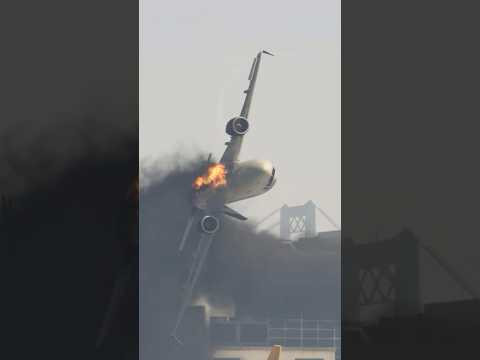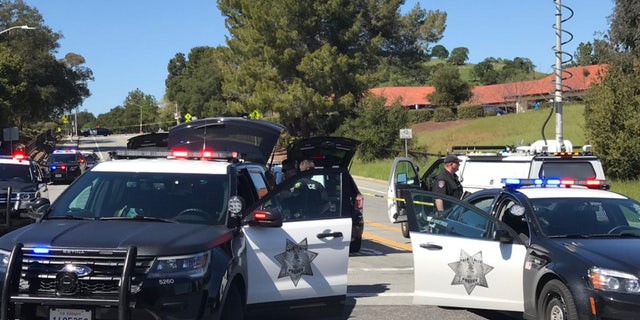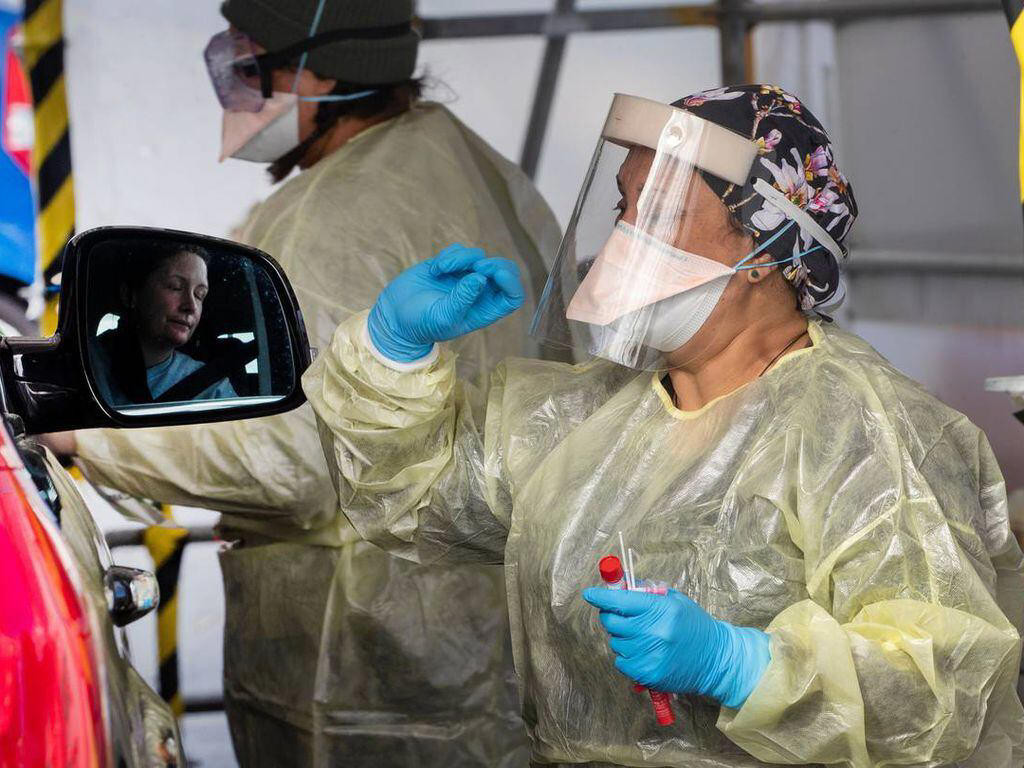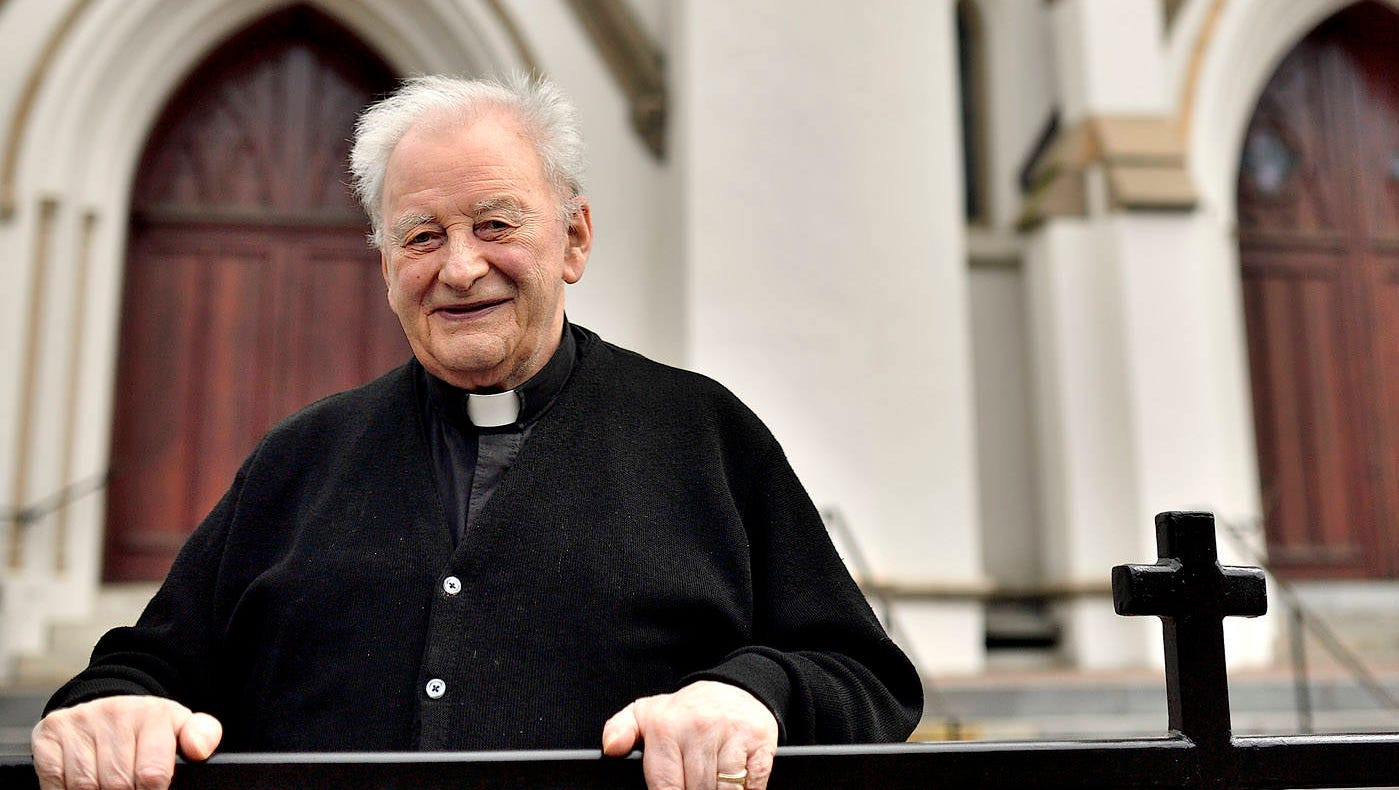Delta Plane Crash in Toronto: A Miraculous Survival Story
A Delta Air Lines flight from Minneapolis experienced a catastrophic crash landing at Toronto Pearson International Airport on Monday. The CRJ900 twin-jet aircraft, carrying 80 people, flipped upside down and caught fire upon landing, creating a scene of chaos and destruction captured on numerous videos. Despite the horrific nature of the accident, all 80 passengers and crew members miraculously survived, a testament to the quick response of first responders and the resilience of those onboard.
The incident unfolded rapidly. The plane, operated by Delta subsidiary Endeavor Air, touched down hard, with the rear landing gear buckling and the right wing shearing off in a fireball. "Oh, no, no, no, no, no!" a witness exclaimed from a nearby plane, their horror echoing the sentiments of many watching the unfolding disaster unfold.
Passenger Accounts of the Crash
Passengers described the impact as extremely violent. John Nelson recounted, "When we hit, it was just super hard. It hit the ground, and the plane went sideways." Another passenger, Pete Koukov, vividly described the moment the plane overturned: "We hit the ground, and we were sideways, and then we were upside down hanging like bats." Nick Costigan added, his "whole window just turned into flame briefly and then it was dark as we slid." The jarring experience left many injured, with reports of back sprains, head lacerations, and nausea due to jet fuel fumes.
Immediate Aftermath and Evacuation
Despite the chaos and fire, passengers were able to evacuate, some with assistance, others independently. Pete Koukov noted, "I was able to unbuckle my seat belt, get myself down to the ground and then walk out of the plane." The plane wreckage, initially engulfed in flames, was soon under control, thanks to the rapid response of emergency teams at Toronto Pearson. The “textbook response” of first responders, praised by airport president and CEO Deborah Flint, prevented any fatalities.
The Aftermath and Ongoing Investigation
Twenty-one people were taken to hospitals with injuries, but by Wednesday morning only one remained hospitalized. Delta is offering $30,000 to each passenger as compensation, a gesture described by a spokesperson as having “no strings attached.” The generous compensation, totaling over $2.2 million, reflects the severity of the incident and the airline’s commitment to its passengers.
The Investigation: Unveiling the Cause
The Transportation Safety Board of Canada, along with the National Transportation Safety Board in the U.S. and Federal Aviation Administration, are leading the investigation. The cockpit voice recorder and flight data recorder, crucial components in understanding the cause of the accident, have been recovered. Senior investigator Ken Webster cautioned, "It’s far too early to say what the cause of this accident might be." Initial findings suggest weather may have played a role, with reports of 26 mph winds gusting up to 38 mph at the time of the landing.
Weather Conditions and Pilot Response
The day of the crash was characterized by gusty winds following heavy snowfall. “On Thursday and Sunday, we got more than 20 inches of accumulated snow,” Deborah Flint stated. While airport officials initially reported dry runways and no crosswind conditions, air traffic control recordings indicated otherwise, suggesting winds up to 38 mph blowing across the plane’s path at a 40-degree angle. Retired jet pilot Les Abend speculated that blowing snow might have rapidly altered conditions, affecting the plane's landing approach. An air traffic controller reported winds of 26mph gusting up to 38mph, blowing across the plane’s path at a 40-degree angle. Videos of the crash show the absence of a “flare” before landing, a maneuver that typically slows the plane, suggesting a possible contributing factor to the hard landing.
Analysis of Video Evidence
Video evidence from various sources, including passengers and airport cameras, is critical to the investigation. Aviation analyst Mary Schiavo noted the absence of the typical “flare” maneuver before landing, which would normally slow down the plane. Steven Wallace, former director of the FAA’s Office of Crash Investigation, pointed out the significance of the right wing failure while the plane maintained considerable speed. The resulting lift on the left wing caused the aircraft to immediately roll inverted.
A String of Air Travel Disasters
Monday’s Delta crash is sadly not an isolated incident. This year has seen a disturbing rise in air travel accidents, including fatal crashes in Alaska and near Washington D.C. These incidents highlight the need for continuous improvements in safety measures and rigorous investigation to prevent future catastrophes. The aviation industry is currently under significant scrutiny due to a recent uptick in incidents, leaving experts and the public alike concerned about the cause and looking to prevent future occurrences.
Lessons Learned and Future Implications
The investigation into the Delta Flight 4819 crash will undoubtedly be thorough and comprehensive. The findings will play a crucial role in shaping future safety regulations and pilot training protocols to mitigate risks associated with severe weather conditions during landing. As the investigation continues, the world watches and waits, hoping to learn from this harrowing event and improve aviation safety for years to come. The lessons learned will not only benefit Delta Air Lines but the entire aviation industry, aiming to build a safer future for air travel.
The incident serves as a reminder of the inherent risks in air travel and the crucial importance of thorough investigations to uncover the causes of accidents and enhance safety protocols. The ongoing investigation holds the key to preventing future similar events.

















